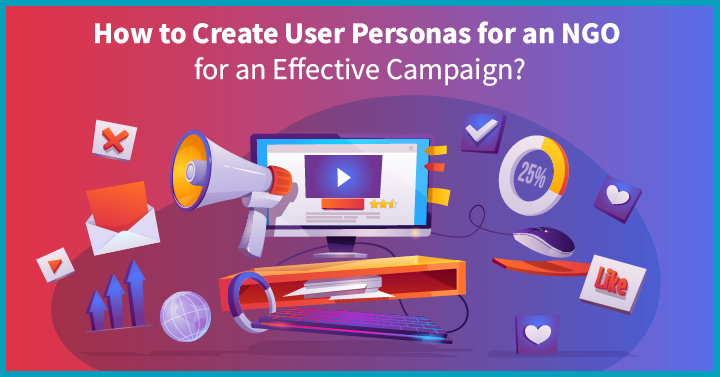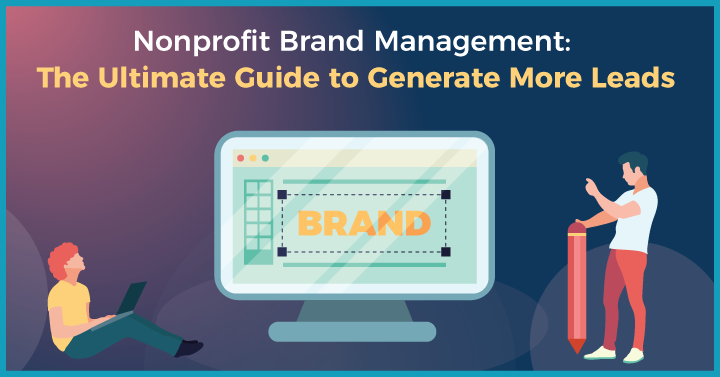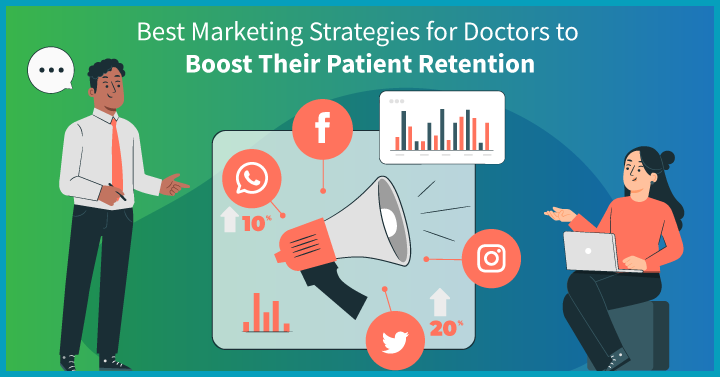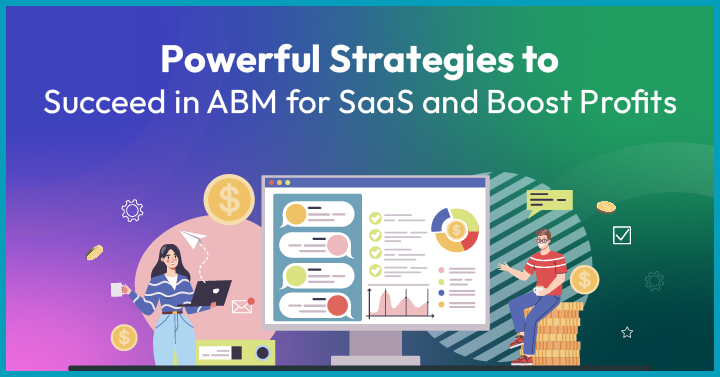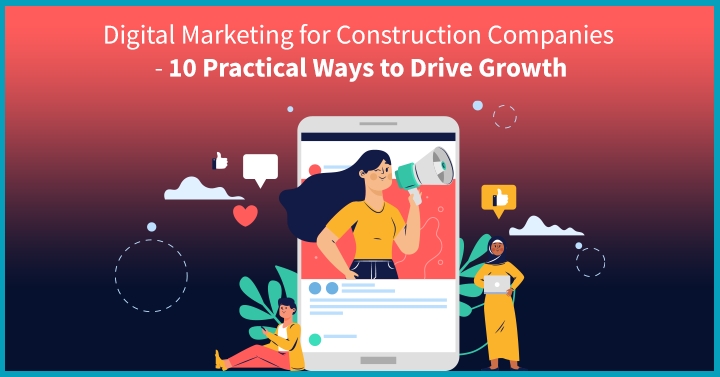Are you struggling to drive traffic to your website through blogs/articles?
Do you fail to attract customers due to ineffective marketing messages?
Do you have trouble generating returns from your content marketing investment?
If you are facing any of these challenges, you need a comprehensive content strategy tailored to the specific audience and goals of your organisation.
A well-developed content marketing strategy provides a roadmap for creating high-quality content that attracts the right audience, enhances SEO efforts, cultivates customer relationships, and drives long-term growth.
In this blog post, we will explore the top ten content marketing best practices that can propel businesses toward their goals.
But before diving in, let’s understand the basics of content marketing and its components.
1. What are the Components of Content Marketing?
To effectively execute content marketing strategy, businesses must understand the components that help them connect with their target audience and drive tangible outcomes. Let us go through them in detail –
- Marketing Objectives: It refers to the specific goals and targets a company or organisation aims to achieve through its marketing efforts. These goals align with the overall business objectives and provide a clear direction for the marketing team to achieve specific outcomes.
- Competitive Research: It is the process of gathering and analysing information about competitors in a specific market or industry. It involves evaluating the strengths, weaknesses, and strategies of competing businesses to make informed decisions.
- Buyer Persona: Understanding the target audience goes beyond basic demographic information like age, gender, and location. It involves delving into their psychographic aspects, such as interests, values, beliefs, etc., to craft content that resonates with their needs, preferences, and pain points.
- Content Production: Numerous formats can be used to create high-quality content, including blogs, articles, case studies, infographics, white papers, videos, podcasts, and more. It should align with the defined marketing objectives and cater to the intent of the target audience.
- Promotion & Distribution: Identifying the most effective methods for promoting and distributing high-quality content is crucial. By selecting the right distribution channels, businesses can ensure the content reaches the intended audience, maximizing its impact and visibility.
- Performance Tracking: Measuring the performance of content marketing campaigns is essential for optimizing strategies and achieving desired outcomes. This involves utilizing analytics tools to track key performance indicators (KPIs) like website traffic, engagement metrics, conversion rates, customer acquisition costs, etc.
Now that we have discussed content marketing components in detail, let’s understand its significance in digital marketing.
2. Importance of Content Marketing in Digital Strategy
According to eMarketer, “The top three primary goals of creating content are building relationships with customers, increasing brand awareness, and boosting sales.”
This stat implies that content marketing plays a vital role in businesses’ digital strategy for several compelling reasons.
In an era where consumers are increasingly selective about the information they consume, content marketing allows businesses to capture their audience’s attention by providing content that educates, entertains, or solves their problems. This increased exposure can lead to broader brand recognition and attract potential customers who may not have been aware of the business.
Further, businesses can consistently create and distribute high-quality content to establish their brand as a trusted source of information, strengthening customer loyalty and attracting new prospects seeking reliable and authoritative content. Incorporating best practices into content creation helps increase their online visibility, drive organic traffic, generate leads, and boost their sales.
Now that we’ve understood the benefits, let’s move on to the content marketing best practices to create an effective strategy.
3. Best Practices to Boost Your Content Marketing Results
With the ever-increasing amount of content being produced and consumed, businesses must implement effective practices to stand out from the competition and maximise their content marketing efforts. Below are the ten best content marketing best practices that can drive tangible results for businesses –
3.1 Set SMART Content Marketing Goals
According to CoSchedule, companies who set goals for their content marketing efforts are 429% more likely to report success than those who don’t.
To ensure the success of a content marketing campaign, it is essential to establish clear goals. Let’s understand this with an example of a product development company aiming to boost website traffic and grow sales in six months. The SMART goal could be –
- Specific: Increase website traffic by 30% and achieve a 20% growth in sales
- Measurable: Track website traffic and sales to quantify the progress
- Achievable: Leverage a comprehensive content marketing strategy, optimise SEO practices, and actively engage with the target audience through social media and email marketing to attain the desired results.
- Relevant: The goal directly aligns with the objective of growing sales by increasing website traffic.
- Time-bound: Achieve the goal within a specific timeframe of six months.
By setting SMART goals, businesses can gain clarity and direction for their content marketing efforts.
3.2 Conduct Competitor Analysis and Keyword Research
To create compelling content, conducting competitor analysis and keyword research is vital. This involves identifying their main competitors in the industry and performing a detailed analysis of their content, keyword strategy, distribution channels, and engagement tactics. By identifying content gaps and opportunities, businesses can differentiate their content and stand out in the market.
Additionally, it’s crucial to identify relevant keywords and phrases highly searched by the target audience. Keyword research tools can be used to explore search volume, competition, and difficulty levels. Based on the data, businesses can have the right balance of search volume and competition and prioritise keywords that align with their content objectives. This way, companies can optimise their content to attract the right audience and gain a competitive advantage.
3.3 Personalise Content for Each Stage of the Customer Lifecycle
Businesses can drive conversions, enhance engagement, and nurture relationships by strategically tailoring content to each stage of the customer journey. Here are various types of content that can be utilized at different stages of the customer lifecycle:
- Awareness Stage: It involves creating informative and engaging blog posts, social media content, videos, infographics, etc., that educate and create awareness about your brand, products, or services.
- Engagement Stage: One can leverage interactive content formats like quizzes or polls to engage customers and encourage participation actively.
- Consideration Stage: At this stage, companies can offer case studies, product demos, webinars, or free trials that assist customers in decision-making.
- Conversion Stage: It includes personalised content such as product recommendations, customised proposals, or tailored pricing packages.
- Retention Stage: Businesses can provide valuable post-purchase content, such as user guides, tutorials, onboarding materials, or FAQs.
- Advocacy Stage: It primarily involves content that encourages customers to share their experiences through user-generated content, reviews, or testimonials.
By understanding customers’ needs, preferences, and behaviours at each stage, companies can create personalised content experiences that drive engagement, conversions, retention, and advocacy.
3.4 Develop the Right Mix of Diverse Content Types
To effectively engage with diverse audiences, businesses should develop a well-rounded mix of content types. This way, you can cater to different audience preferences, capture attention, and engage customers effectively. Here are some formats for developing a diverse content mix:
- Blog Posts and Articles: Create informative and educational articles that provide valuable insights on specific topics relevant to your audience.
- Videos: Develop explainer videos, product demos, customer testimonials, or behind-the-scenes footage to visually engage and inform your audience.
- Infographics: Combine text, graphics, and design elements in an appealing and concise manner that enables quick comprehension of complex concepts.
- Social Media Content: Develop captivating visuals and images, short videos, user-generated content, or interactive posts to encourage engagement and sharing.
- eBooks and Whitepapers: Produce longer-form content that allows you to dive in-depth into specific topics or provide detailed information about a subject.
Diversifying the content types help businesses cater to different preferences and engage their audience across various channels.
3.5 Create a Content Marketing Calendar
As per a survey, 44% of marketers have identified content production and promotion as their top challenges.
To eliminate this problem, developing a content marketing calendar can be effective. This helps businesses plan and organize content creation, publishing, and promotion across various channels. It enables businesses to stay relevant, capitalise on trending topics, and maximise the impact of content during specific periods.
In addition, by adopting a strategic approach through a content marketing calendar, businesses can ensure a consistent and organised flow of content. This leads to better performance of their marketing campaigns and increases their chances of achieving their marketing goals and high ROI successfully.
3.6 Implement the Pillar-Cluster Model for Various Topics
To maximise the effectiveness of content marketing campaigns, it is essential to implement the pillar-cluster model. This involves creating pillar content, which serves as a comprehensive and authoritative piece on a broad topic, and supporting cluster content, which delves deeper into specific subtopics related to the pillar content. Businesses can choose broad topics or themes relevant to their business and align with their target audience’s interests and search queries.
Let us understand this with an example of a tourism company that wants to effectively promote its Europe tour packages.
- For a comprehensive pillar article, they can create an article, “The Complete Guide to Traveling in Europe.” This article will cover essential information, tips, and insights for travellers exploring Europe.
- Alongside, the company can create cluster content, each focusing on a specific subtopic related to European travel, such as: “Exploring Cultural Highlights in Paris”, “Hidden Gems in Italy”, “The Best Outdoor Activities in Switzerland”, etc.
This model helps establish authority on a subject, improves SEO by interlinking content (pillar and cluster), and enhances user experience by providing a cohesive and structured content framework.
3.7 Promote Content through Multiple Channels
Businesses can extend their reach to a broader audience by promoting content across multiple channels. This means sharing your content on different platforms such as social media (Facebook, Twitter, Instagram, LinkedIn), emails, industry forums, and relevant online communities. By utilizing these channels, businesses can tap into large user bases and target specific demographics to maximize their content’s visibility and impact.
Companies can create engaging email newsletters, personalised recommendations, or dedicated content updates with enticing visuals, relevant hashtags, and clear CTAs to drive traffic to the website or landing pages. This enhances the chances of achieving marketing goals, strengthens brand presence, and fosters meaningful connections with the target audience.
3.8 Maintain Consistent Brand Voice Across Channels
“68% of businesses say brand consistency has contributed to revenue growths of 10 per cent or more.” — Marq.
So, what does this mean for your business?
Consistency in brand voice distinguishes a brand from its competitors and promotes revenue growth. To showcase the offerings and USPs, businesses should develop a clear brand voice that aligns with their brand identity and values. This can be achieved by including language usage, vocabulary, grammar, and formatting guidelines, which should be accessible to all team members involved in content creation and promotion.
When the content aligns seamlessly with the brand identity, it creates a unified voice that resonates with the target audience. This ensures that your audience receives a cohesive and coherent message, reinforcing your brand’s unique selling propositions and key value propositions. In a nutshell, consistency in brand recognition help reinforces trust, loyalty, and a sense of reliability among the target audience.
3.9 Repurpose your Content in Different Formats
A survey suggests “46% of marketers believe repurposing content is more effective than creating new content from square one.”
To maximise content marketing efforts, businesses can repurpose their existing content, which involves converting existing content to different formats for various platforms. For example, you can convert an article into a video, an infographic, a podcast episode, an e-book, or a webinar. This can be achieved by identifying evergreen content that remains relevant and valuable to the audience over an extended period and transforming it into various formats to cater to different consumption preferences.
It is essential to tailor the repurposed content to fit each channel’s specific requirements and nuances. For example, social media posts can be concise and visually appealing, while a webinar may require an interactive and conversational format. By repurposing content in different formats, you can make the most of your valuable resources and reach a wider audience.
3.10 Audit and Optimise Existing Content Regularly
Regularly auditing and optimising existing content is critical to maintaining a successful online presence. It involves periodic assessments of your content inventory to evaluate its performance, relevance, and effectiveness. This help businesses to identify areas for improvement and make necessary optimisations to enhance their content’s overall quality and impact.
During this process, businesses can review critical metrics such as page views, engagement, and conversions to gauge how well their content resonates with the target audience. By making strategic adjustments to improve its visibility, search engine rankings, and user experience, businesses can ensure it remains valuable and competitive in the ever-evolving digital landscape.
These are some of the best practices that can catapult your content marketing efforts. However, to successfully implement them, a digital agency can significantly help. Let’s see how.
4. How can a Digital Marketing Agency Help?
A digital marketing agency is pivotal in developing an effective content marketing strategy. They offer expertise in market analysis, audience segmentation, content creation and distribution. With their data-driven approach, they can seamlessly implement the best practices, track performance, and continuously optimise the content marketing strategy.
Growth Ganik is a full-stack digital agency that helps you develop a comprehensive content marketing strategy aligned with your business goals. We specialise in providing high-quality, SEO-compliant blogs that improve search engine rankings and drive targeted traffic to your website. We also assist in developing lead magnets like eBooks and whitepapers to enhance brand awareness, engage audiences, and generate quality leads.
So, are you ready to achieve your business goals with the content marketing best practices? Contact us today, and let’s take your brand to new heights!












